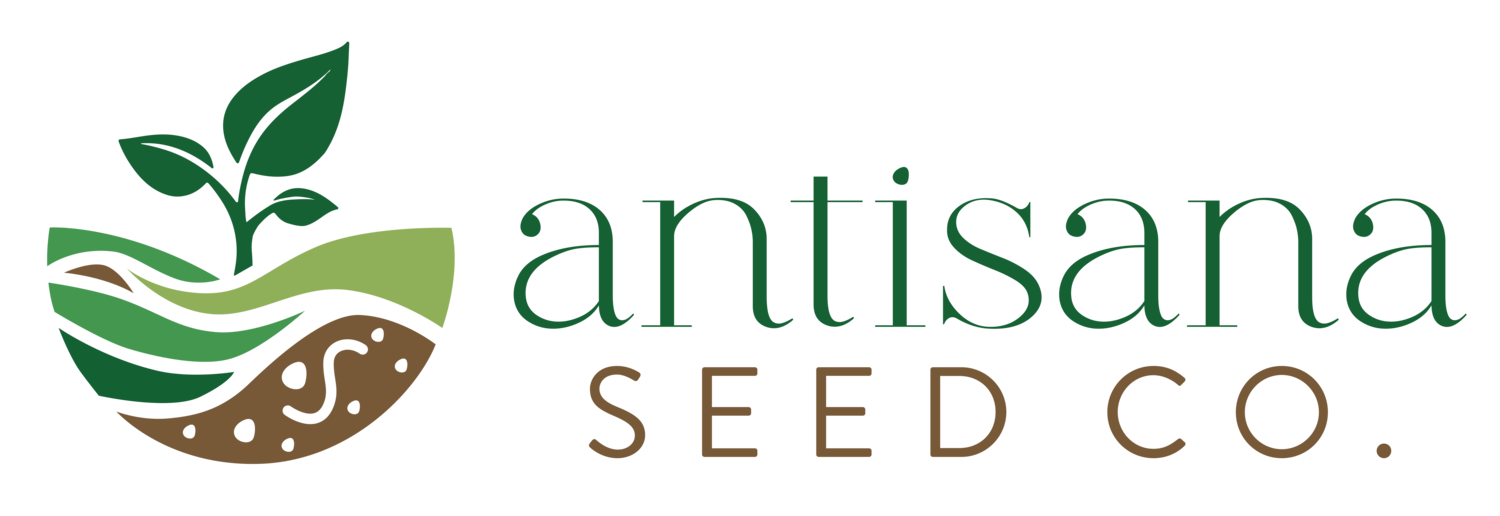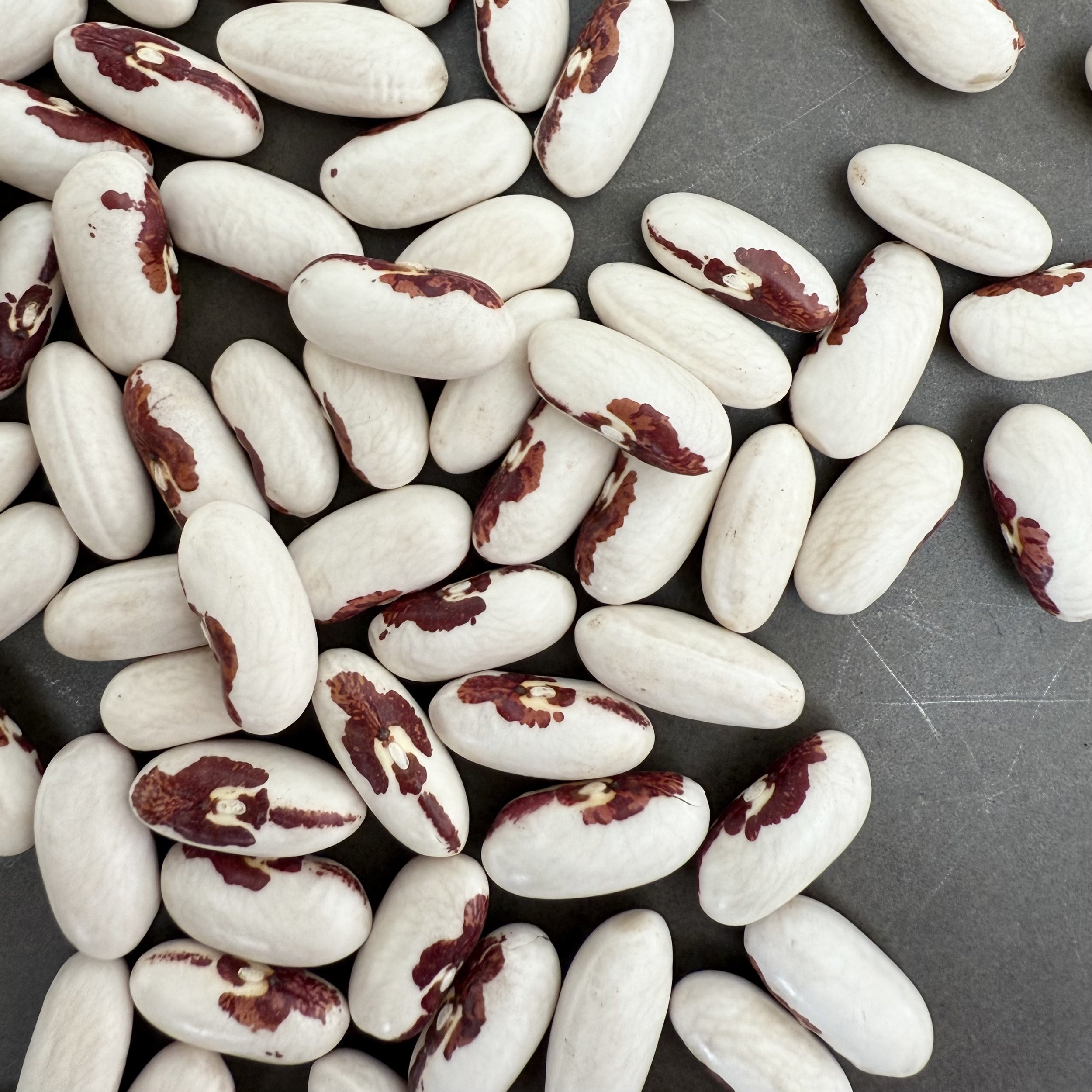 Image 1 of 1
Image 1 of 1


Flower, California Poppy
Product Description: (Eschscholzia californica) While also known as Golden Poppy, California Sunlight, and Cup of Gold, this bright orange wildflower is more commonly known as the California Poppy— first coined by Adelbert von Chamisso, a botanist aboard the Russian exploring ship “Rurik” in 1816.
This poppy can be found blanketing the rolling hillsides of California every spring and summer, although its native range extends throughout the western United States and Mexico, reaching as far north as Washington.
Each plant produces numerous cup-shaped blossoms that spread to about 2 inches in diameter at full bloom. In addition to attracting pollinating insects, California poppies are commonly used in their native region for erosion control, wildlife restoration projects, and even as barriers to wildfires. Open-pollinated. Packet sizes vary.
Growing Information: California poppies tolerate root disturbance poorly, so direct-sowing (1/16” deep) in full sun is recommended. Thin to 8” spacing once germinated. In mild climates (like that of its native range), a fall planting is preferable. In cooler climates, opt toward a spring planting. A mild frost should not harm the seeds, as they typically will not sprout until the soil warms.
Avoid overwatering or fertilizing the poppies, as this will cause excessive growth of foliage and suppressed flower production. Not suitable for bouquets, as the petals of cut flowers will quickly fall off. 65 days to maturity.
How To Save California Poppy Seeds
Once a flower has been pollinated, its petals will drop and a slender green seed pod will form in their place. Mature pods (light brown in color) are prone to bursting open to scatter their seeds with the slightest disturbance, so it is recommended to harvest frequently before the wind beats you to it.
To harvest, simply pinch the base of the pod between your thumb and forefinger, then carefully snap it off. Without letting go, lower it into a bag or a deep container, then release!
Product Description: (Eschscholzia californica) While also known as Golden Poppy, California Sunlight, and Cup of Gold, this bright orange wildflower is more commonly known as the California Poppy— first coined by Adelbert von Chamisso, a botanist aboard the Russian exploring ship “Rurik” in 1816.
This poppy can be found blanketing the rolling hillsides of California every spring and summer, although its native range extends throughout the western United States and Mexico, reaching as far north as Washington.
Each plant produces numerous cup-shaped blossoms that spread to about 2 inches in diameter at full bloom. In addition to attracting pollinating insects, California poppies are commonly used in their native region for erosion control, wildlife restoration projects, and even as barriers to wildfires. Open-pollinated. Packet sizes vary.
Growing Information: California poppies tolerate root disturbance poorly, so direct-sowing (1/16” deep) in full sun is recommended. Thin to 8” spacing once germinated. In mild climates (like that of its native range), a fall planting is preferable. In cooler climates, opt toward a spring planting. A mild frost should not harm the seeds, as they typically will not sprout until the soil warms.
Avoid overwatering or fertilizing the poppies, as this will cause excessive growth of foliage and suppressed flower production. Not suitable for bouquets, as the petals of cut flowers will quickly fall off. 65 days to maturity.
How To Save California Poppy Seeds
Once a flower has been pollinated, its petals will drop and a slender green seed pod will form in their place. Mature pods (light brown in color) are prone to bursting open to scatter their seeds with the slightest disturbance, so it is recommended to harvest frequently before the wind beats you to it.
To harvest, simply pinch the base of the pod between your thumb and forefinger, then carefully snap it off. Without letting go, lower it into a bag or a deep container, then release!





